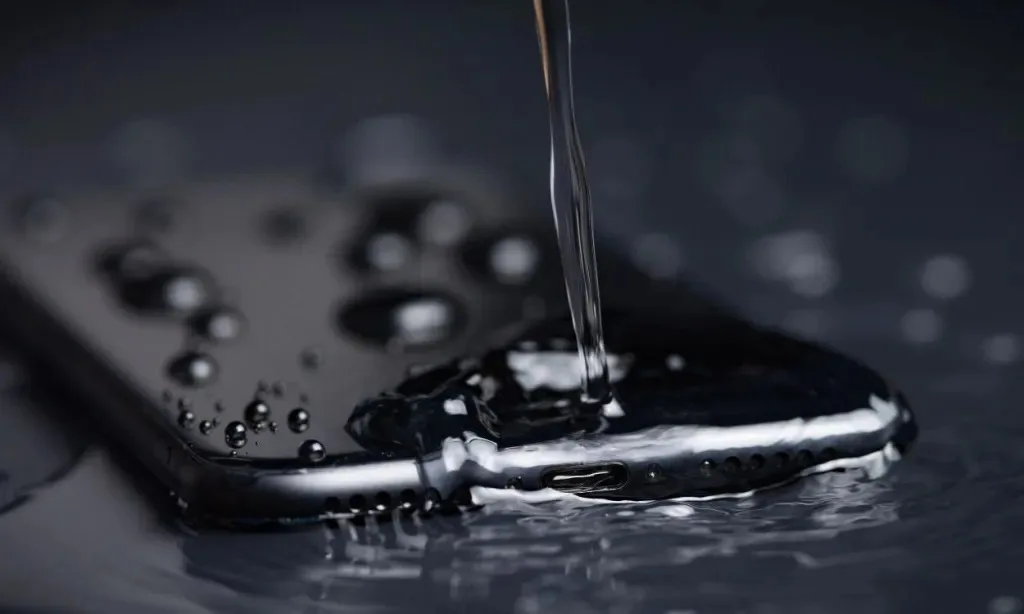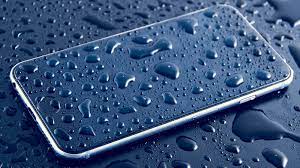
Many iPhone users carry their devices everywhere, from poolside gatherings to beach trips and even bathrooms. Accidentally dropping your iPhone into water in such situations is quite common. Although many iPhones boast water resistance, their durability is limited to handling splashes, dips, and submersion up to specific depths and durations. Despite their water resistance, iPhones may display a liquid-detection alert on the screen when excessively wet.
When faced with a wet iPhone, many people turn to the old trick of placing it in a bag of rice. The idea is simple: seal the iPhone in a container with rice and wait at least 24 hours, allowing the rice to absorb the moisture and potentially save the device from damage. While this method is widely recommended and has been known to work in some cases, it’s important to note that it’s not foolproof.
Over time, experts and researchers have consistently advised against using the rice method to dry iPhones. Contrary to popular belief, rice doesn’t accelerate the drying process; instead, it can impede it, potentially causing further harm to internal components. Apple reinforces this perspective in a recent 2024 support document, cautioning users against placing their iPhones in rice bags when they get wet or trigger a liquid-detection alert. The small rice particles have the potential to cause damage, exacerbating the situation.
Apple’s Recommended Method for Drying a Wet iPhone
- Gently tap the top of your iPhone, with the charging port facing downwards, to remove excess water from the connector.
- Place your iPhone in a clean area with good airflow and allow it to air dry.
- After at least 30 minutes, attempt to charge your iPhone using a compatible Lightning or USB-C cable.
- If the liquid alert appears again, indicating water in the connector or under the pins, repeat the drying process in a clean and dry area. The process could require as long as 24 hours.
- Periodically attempt to connect a charger during intervals.
- Once fully dried, your iPhone should begin charging. If it still won’t charge, disconnect the cable from both the phone and adapter, and from the power source. Reconnect firmly, ensuring no loose connections.
Apple advises against using external heat sources or compressed air, as well as inserting foreign objects like cotton swabs or paper towels, to dry a wet iPhone.

Despite iPhones being water-resistant, Apple is reportedly developing waterproof models with a special underwater UI to prevent water damage and enhance user experience while submerged. However, this technology is still in development.
In the meantime, users should follow the recommended drying method and consider using the Siri shortcut to eject water from their iPhones.

0 Comments